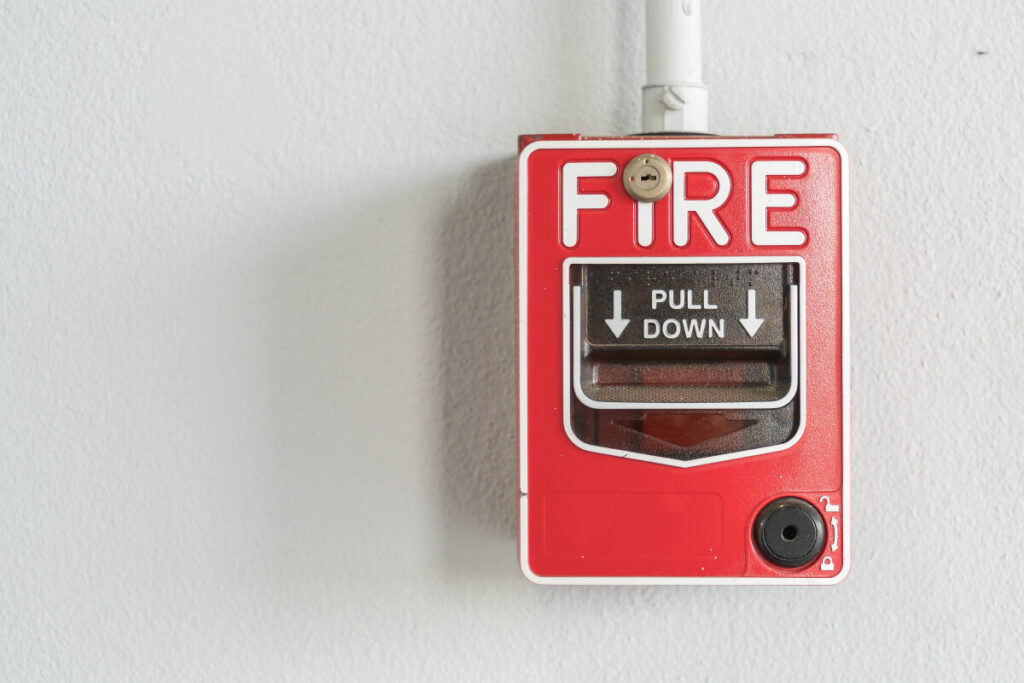
Hidden Fire Risks in Modern Homes
Older homes have a historic charm reflecting the era in which they were built. They also often have the advantage of faring better in a fire.
Modern homes with open layouts can burn faster than older homes in many cases, causing more damage to your home in less time and giving you less time to escape.
Modern building materials also play a role in how flammable a home might be. If you’ve ever started a campfire, you already know loose materials catch fire quickly and burn more intensely than hardwood. Older homes often used more solid materials compared to modern homes that may contain large amounts of fast-burning particle board or other man-made materials.
Older homes built before 1940 might still have plaster walls or brick walls. While plaster walls with wood studs are considered combustible, walls with thick plaster can impede a fire’s progress, slowing the spread. Modern homes often replace the brick walls and plaster walls found in older homes with drywall, which while fire-resistant, can still allow a fire to spread faster.
Fire risks don’t end with your home’s construction. The flammability of personal belongings can add to risks. A modern sofa may not catch fire easily due to a dropped cigarette, but in many cases, when man-made or petroleum-based materials do catch fire, there may not be much a homeowner can do to stop the spread.
The types of materials in your home can be the great equalizer between older homes and newer homes. More things in your home can also provide more surface area for a fire to spread.
Your home insurance policy can protect your home and belongings against accidental fires. But as the old saying goes, an ounce of prevention is worth a pound of cure.
Take steps to prevent fires in your home.
– Don’t overload electrical circuits
– Think twice before using candles
– Use space heaters as directed
– Exercise care when cooking
– Don’t leave the fireplace unattended
Also, install smoke alarms and carbon monoxide detectors in your home. Check the batteries monthly and replace as directed. Install fire extinguishers on each level of your home as well.
Lastly, have an escape plan. Fires can spread quickly, leaving you no safe option but to escape. Schedule a family meeting to discuss the best ways to escape fire and smoke and determine a safe meeting place outside your home.